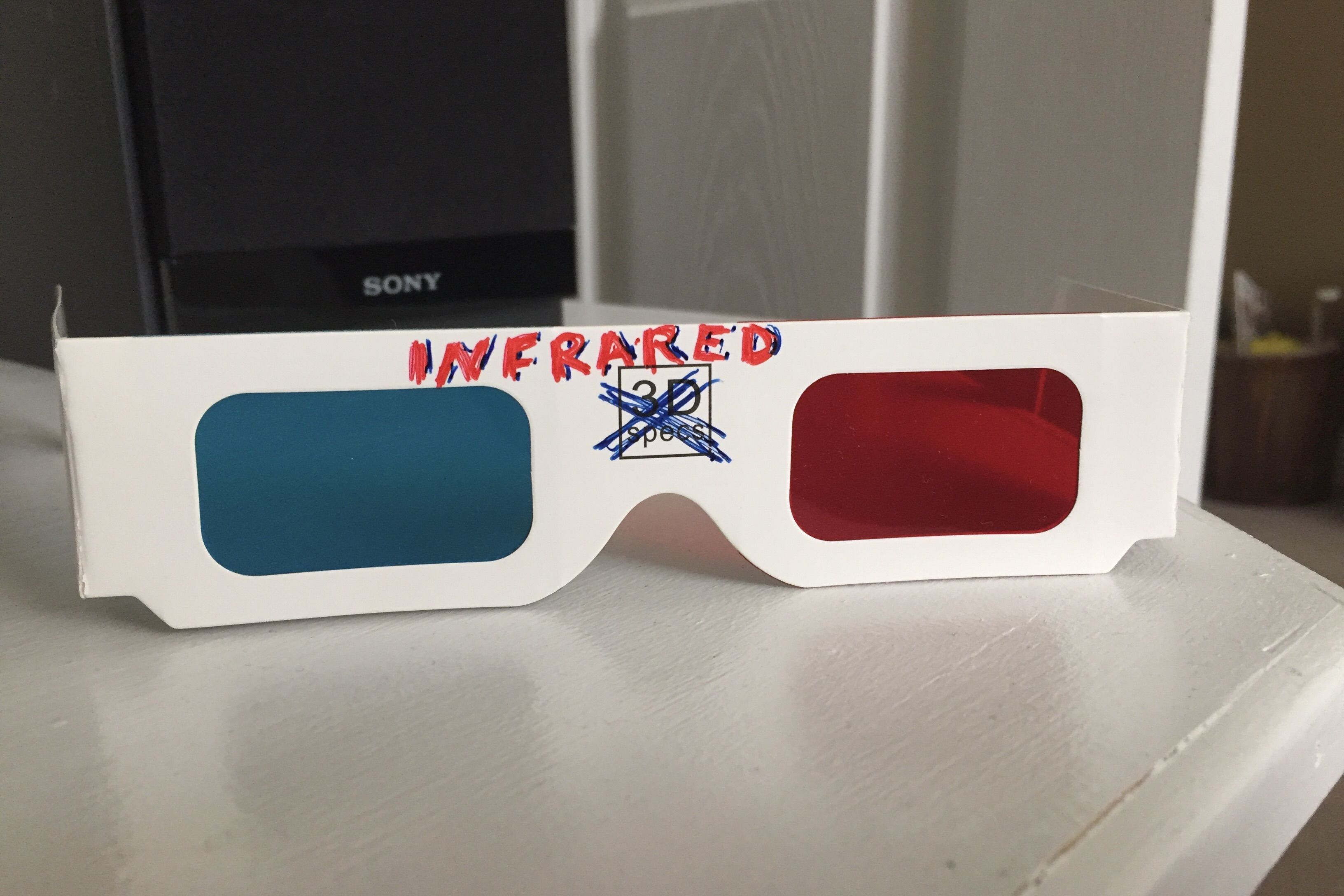Infrared Thermography Is a Game Changer for Home Inspection
A previously satisfactory explanation can be eroded by accumulating contradictory facts. When that happens, it’s time for a new explanation that takes into account all the facts, old and new alike. This giving way of an old world view in favor of a new one is called a paradigm shift. In my considered opinion, infrared thermography is driving a paradigm shift in the business of home inspection.
Home inspection is premised on general agreement that a home inspector is only responsible for describing defects which are readily apparent to visual inspection. This explanation is supported by observation that to ask otherwise of a home inspector would subject him or her to legal liability for unreported defects which may be undiscoverable in the absence of extraordinary and costly investigative measures beyond the budget of the ordinary home buyer. The business of home inspection would soon be out of business as a result.
The known variable in limiting the scope of home inspection is the cost of the additional inquiry. That is why a home inspector will often contract for additional investigation of specified defects which are not conclusively apparent to visual inspection, such as urea-formaldehyde, mold, and radon. Modern nondestructive technologies such as infrared thermography are changing the game, however, allowing for broadly applicable inspection techniques not limited to specific testing.
This one new fact – the affordability of thermography – contradicts the old world view of home inspection, because a visual inspection can now include the previously invisible infrared part of the spectrum at little additional cost. There is no longer a need to restrict the scope of inspection to the visible wavelengths. The potential benefits of the modern technology far outweigh the cost, when prorated across the useful life of the training and equipment required.
The law must and will in time follow the standards creep caused by the affordability of IR, and pull down the existing limitations of legal liability for home inspectors for unreported defects which could have been discovered with a handheld thermographic camera. In the near term look for the next step in the law that concerns home inspection: the case opinion that results in a regulation mandating written notice to consumers of the availability and utility of infrared thermography. Something as simple as a check-the-box notice on a pre-inspection agreement that an IR scan will/will not be provided should be the first step.
————————
Cherry Hill real estate and construction lawyer Robert J. Incollingo has thirty years of experience representing clients in real estate matters. This article was first published as a ‘Tip of the Week” on the website of the Infraspection Institute.
